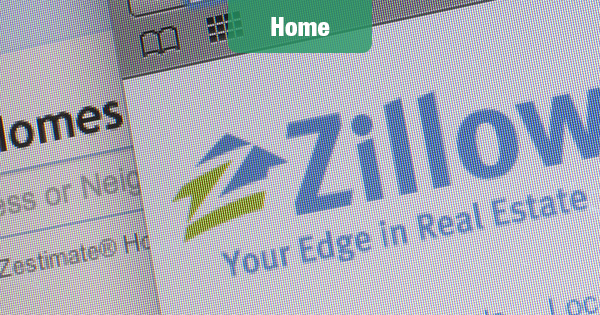
U.S. Will Become a Buyers Market for Houses in 2020, According to Zillow
Home sellers will continue to hold more negotiating power than buyers for the next year and a half, according to the results of a survey of real estate economists and experts from online real estate company Zillow.
This quarterly survey, sponsored by Zillow and conducted by Pulsenomics LLC, asked more than 100 real estate economists and experts for their predictions about the U.S. housing market, including when they expect the market to favor homebuyers over sellers.
Annual home-value appreciation has been faster in 2018 than it was in 2017, and inventory has fallen on a year-over-year basis for 42 consecutive months.
These conditions have put sellers in the driver's seat for the past few years.
Recently, though, data suggest the balance may be starting to tilt back toward buyers. Home-value growth is slowing in more than half of the nation's 35 largest metros, and price cuts are becoming more common.
But even in those markets where appreciation has slowed, it remains above its historic average rate and sellers continue to have the upper hand, particularly at the most affordable price points.
Three out of four economists surveyed said the national housing market would not shift to a buyers market until 2020 or later.
The largest share of respondents - 43 percent - believe the national housing market will become a buyers market in 2020. At the regional level, the panelists believe the Midwest will shift to a buyers market a year before the rest of the country.
The most frequently selected year for the Midwest to start favoring buyers over sellers was 2019, while the other regions (Northeast, South and West) are expected to change in 2020 along with the nation overall.
"For the past several years, home sellers held all the cards at the negotiating table, fielding multiple offers while buyers faced stiff competition and a fast-moving market," said Zillow Senior Economist Aaron Terrazas. "Conditions are starting to show signs of easing up, but the effects of years of limited construction still linger. Inventory is still falling on an annual basis, and home values are growing well above their historic pace. Although these trends are starting to lose their edge, it is far too soon to call it a buyers market."
Home values across the country are expected to continue to see strong appreciation in 2018, with a predicted 5.9 percent increase.
Although most panelists have made upward revisions to their home-value growth projections from a year ago, the adjustments are focused on the near-term, leaving the outlook beyond 2020 little changed.
"While ongoing supply constraints are reinforcing the floor on home prices right now, the experts' forecasts still imply the joists will start to crack sometime next year, and result in sub-three percent annual home-value appreciation in 2020 and beyond," said Pulsenomics Founder Terry Loebs. Loebs also noted that another indicator from the latest survey is consistent with a shifting market. "For the first time, a majority of the experts said that there is downside risk to their long-term outlook for home values nationally--and they outnumber experts who assigned upside risk to their forecasts by more than a three-to-one ratio."

